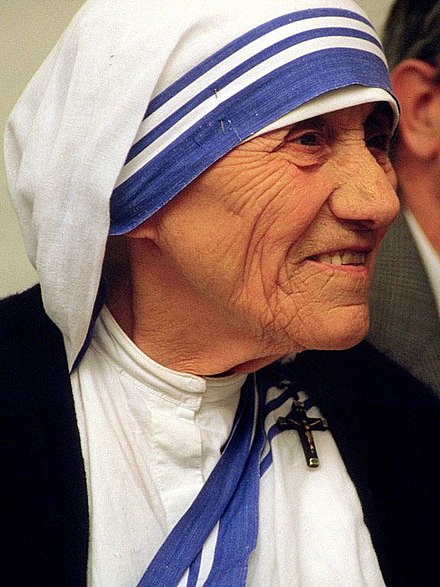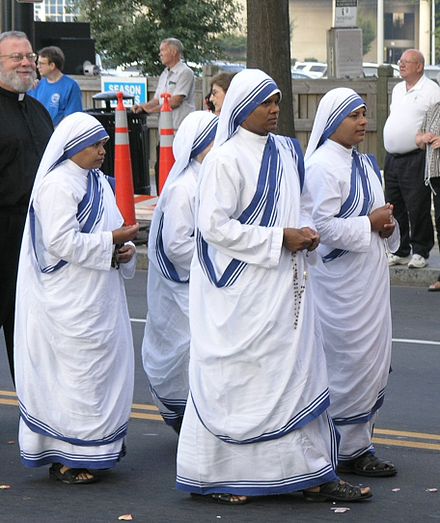Teresa was born on August 26, 1910 in Skopje (now the capital of Macedonia) as Anjeze Gonxhe Bojaxhiu. He comes from an Albanian-Kosovo family. His father, Nikola Bojaxhiu, was known as a businessman and politician who supported Albanian independence.
According to the biography of Joan Graff Ciucas, as a child he received stories about missionaries and service missions in Bengal. Story after story told made Anjeze, at the age of 12, begin to think about committing to a religious life. His desire grew stronger after praying on August 15, 1928 at the Monastery of the Black Madonna of Vitina-Letnice, which he frequented on pilgrimages.
At the age of 18, he left home and joined the Loreto Brotherhood in Rathfarnham, Ireland, to study English to become a missionary. In 1929, he reached India, and started a novitiate (education) in Darjeeling, where he studied Bengali and was educated at St Teresa's School. Anjeze took his religious vows on May 24, 1931, and chose the name Saint Therese de Lisieux, patron for missionaries. May 14, 1937, he took a vows of sincerity while he was a teacher at the Loreto convent school in Entally, east Kolkata. Teresa served there for nearly 20 years, and was appointed head of the school in 1944. Although enjoying her job, she is quite troubled by poverty in Kolkata.









Comments
Links